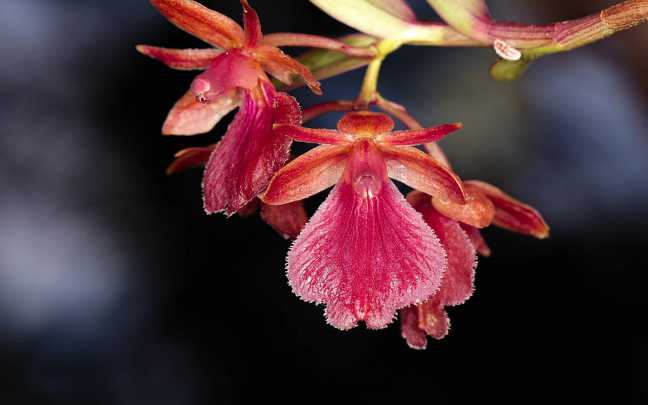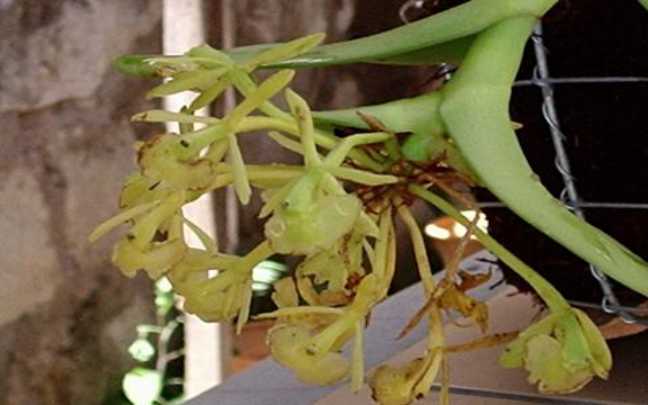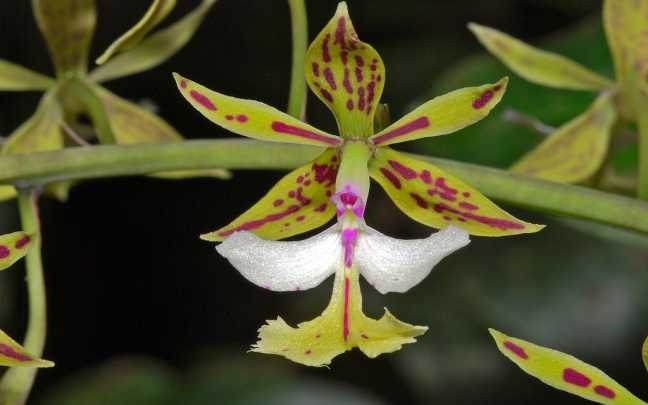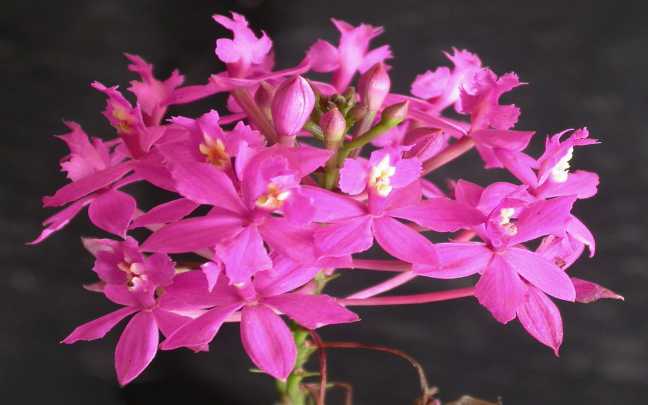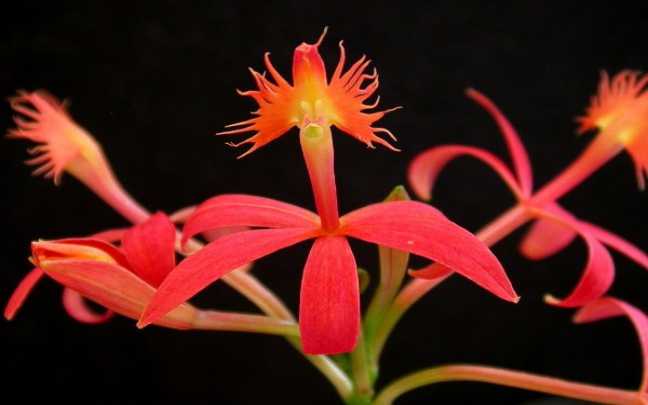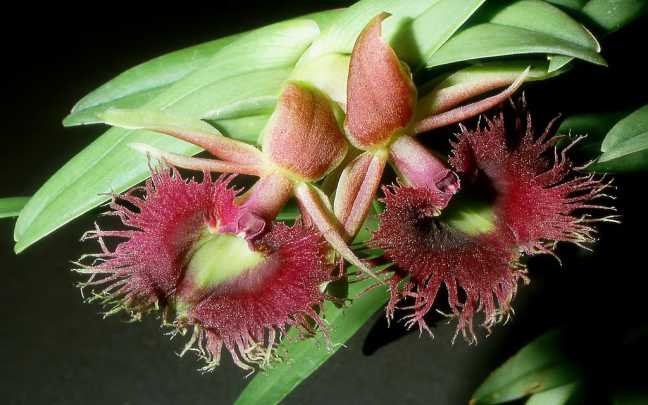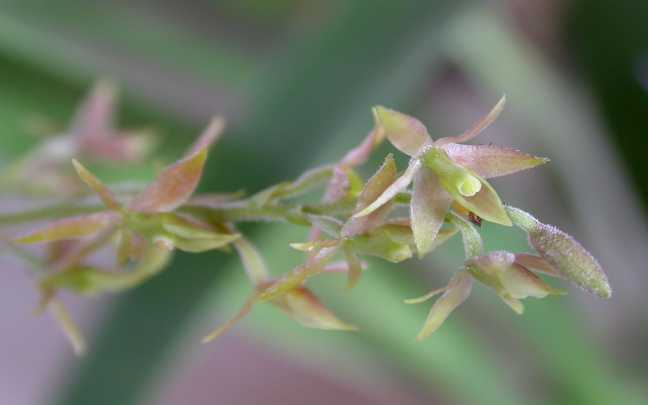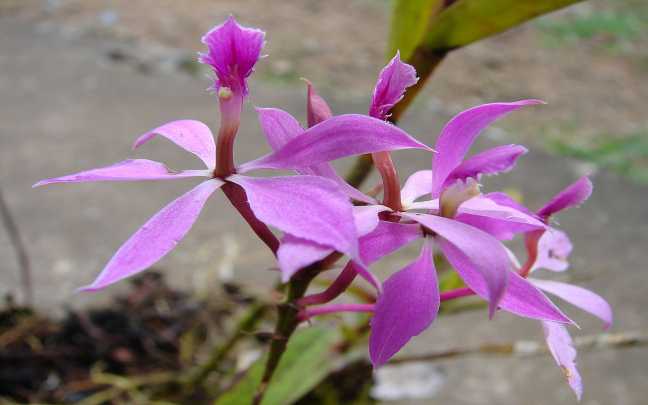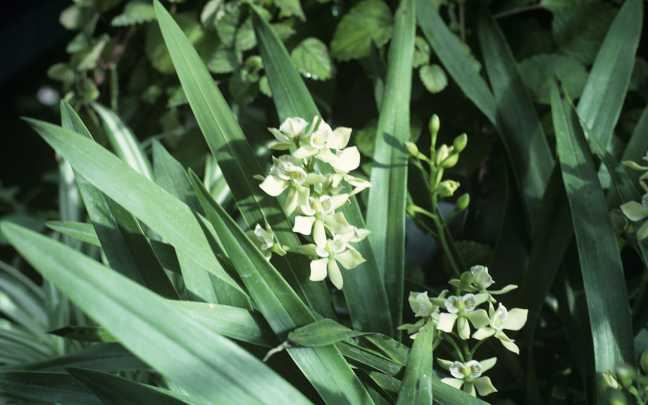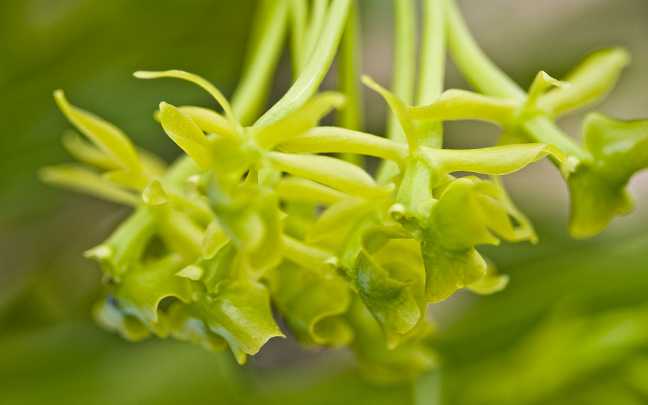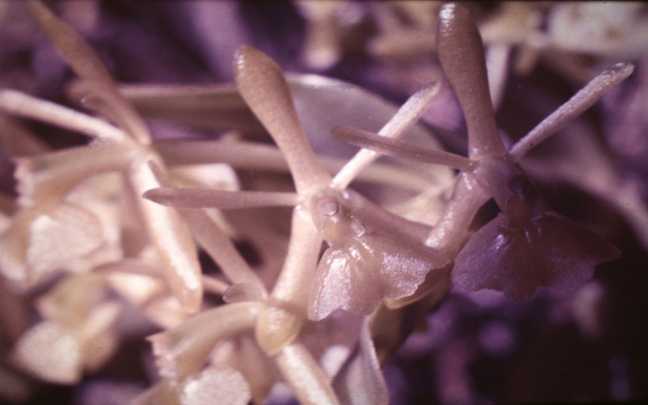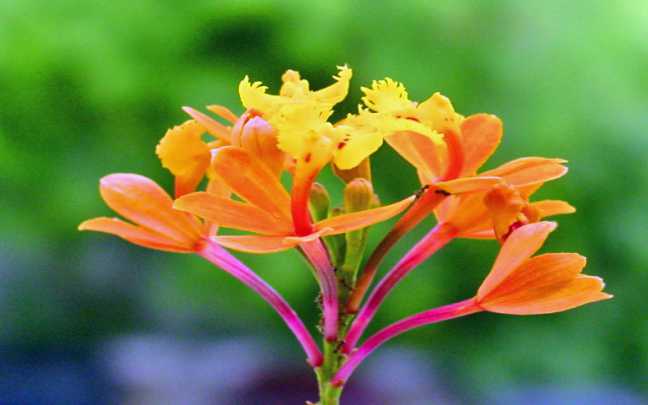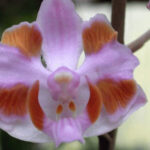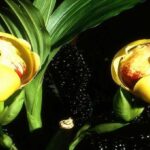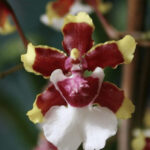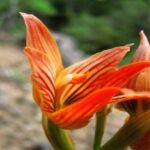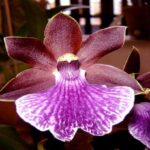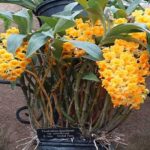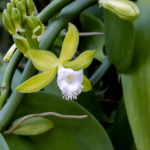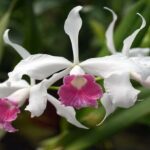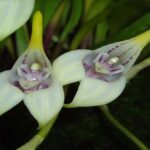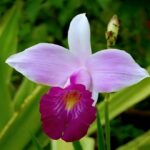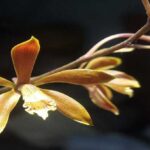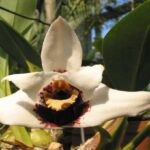The genus Epidendrum is one of the most important genera of orchids.
It was created in 1763 by Carolus Linnaeus, a very famous botanist.
The genus Epidendrum currently has 1421 accepted and cataloged species.
But this number used to be much larger.
The great importance that the genus Epidendrum has for the history of orchids is that it was one of the first genera created to classify orchids. At that time, all orchids considered epiphytes that had already been discovered were included.
Remember that epiphytes are those that grow on trees.
Continue reading this article to learn the main characteristics of Epidendrums and also how to cultivate them.
Learn How to Achieve Super Blooms on Your Orchids
🛑 If you love orchids and you're tired of not being able to make them bloom...
Then, know that thousands of beginner growers are achieving beautiful flowers on their orchids by following this method.
Click the button below to have beautiful orchids with show-worthy flowers every year. ⤵
How to Cultivate Epidendrum Orchids
Before we start, I want to remind you that this is a huge genus, so some of the tips taught here may not apply to all species.
That’s why I recommend that you seek specific information about the species you are cultivating.
In most cases, cultivating Epidendrums is quite simple.
These plants are very resilient, and you probably won’t have many difficulties cultivating them.
Temperature and Light
They have good resistance to high and low temperatures and can withstand extended periods of sun exposure.
The recommended temperature should not be lower than 10°C (50°F) and not exceed 35°C (95°F).
To find out if your orchid is receiving an adequate amount of light, simply check its leaves.
- If they are more yellow than normal or burned, they are receiving too much light.
- If they are darker green, they are receiving too little light.
Fertilization
Fertilization is something that will help your plant have more energy and produce more beautiful blooms.
To choose your fertilizer, make sure it is diluted in water and when applying, apply it to the roots as they absorb nutrients more effectively than leaves.
Fertilization should be done every 15 days with a stronger solution or every 7 days with diluted fertilizer.
Just be careful not to fertilize during the plant’s dormant period.
Soil, Humidity, and Watering
The soil should provide good drainage for your orchid.
In many cases, substrates used for epiphytic orchids can work very well.
As for humidity, you should learn more about your orchid’s natural habitat.
Some may prefer high humidity while others prefer lower humidity.
To learn how to water your orchid, you can watch the video below:
About Epidendrum Orchids
As mentioned earlier, there are 1421 species of Epidendrum orchids.
This large number of species makes it the 3rd largest genus among orchids [source], behind only:
They are native to the Americas, from the United States, down through several countries until reaching Argentina.
Among these countries, Peru, Ecuador, and Colombia stand out.
More specifically, most of them are found in the Andes Mountains.
Currently, in addition to epiphytic orchids, some rupicolous (rock-dwelling) and terrestrial orchids have also been included.
An interesting fact about the name Epidendrum is that its meaning is about trees, because:
- Epi in Greek means about.
- Dendron in Greek means trees.
Epidendrum orchids lost several species to other genera over time.
This is because technologies have evolved over the years.
And thanks to that, it was possible to classify orchids better.
Previously, orchids from various genera such as:
- Encyclia
- Anacheilium
- Auliza
Were also considered Epidendrum.
Now let’s see a bit about the physical characteristics of these orchids.
Characteristics
As this is a very large genus, these orchids have many varied characteristics, such as size.
There are Epidendrums that are extremely small, not reaching 5 centimeters (2 inches).
While others can exceed two meters (78,75 inches).
Regarding leaves, they can vary greatly; some have thicker leaves while others have more distichous leaves.
As for their lip, a very interesting characteristic is that it is often attached to the column, forming a kind of tube.
These orchids can live in many places; some examples are:
- Wet forests
- Swamps
- Cerrado.
But one of the main characteristics of these orchids is the…
Flowering
Yes, flowering, the moment when the grower receives the fruits of their efforts in orchid cultivation.
And Epidendrums really like to produce these fruits for their growers because they bloom several times throughout the year, especially during spring.
Their flowers come in various colors; here are some of these colors:
- White
- Yellow
- Green
- Orange
- Among several others (red, pink, purple, etc.)
The average flowering time is 15 days, and right after it ends, new shoots, also called keikis, can appear.
To encourage a new flowering in a short time, just cut the flower spikes, and in about 2 months, your orchid will bloom again.
Now let’s talk a bit about what you need to do with your orchid to keep it healthy until flowering.
Do You Want to Learn How To Keep Your Orchids Healthy And Ready to Bloom Every Year?
So, I prepared a complete guide, step by step and illustrated, that will show you:
• The secrets to getting beautiful flowers every year
• How to fight and identify pests and diseases on your orchids
• THE MAGIC SUBSTANCE for orchids and how to use it
• And much, much more.
The great news is that the manual is now available at a super discount!!
But beware, it's only for the first buyers.
Click on MORE INFORMATION below and discover the secrets to show-worthy flowers. 👇
Epidendrum Photos
Below, I have selected some photos for you to see what these orchids look like:
Epidendrum Species
Below, I have listed some of the main Epidendrum species and their characteristics:
- Epidendrum radicans: This is one of the rare orchids in this genus that is terrestrial. It is native to some countries in Central America and South America, and its flowers are usually large and have a more orange hue.
- Epidendrum fulgens: Discovered in 1834, this is a Brazilian plant found in the Serra do Mar in places with altitudes of up to 100 meters (328 feet). Epidendrum fulgens is also a terrestrial Epidendrum, and its flowers open up to form a “ball of flowers.”
- Other terrestrial Epidendrums include cinnabarinum and imatophyllum.
Conclusion
The tips given above will probably apply to the vast majority of these species.
But Epidendrum orchids are very diverse, so I recommend that you seek more information about your specific species.
If you want to learn more about orchids, check out the article how to care for orchids.
Now it’s your turn to help me; if you liked this article, share it on your social networks by clicking on one of the icons below.

